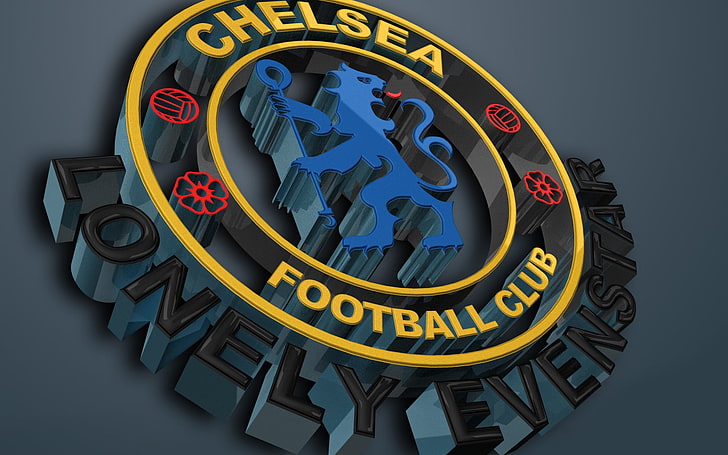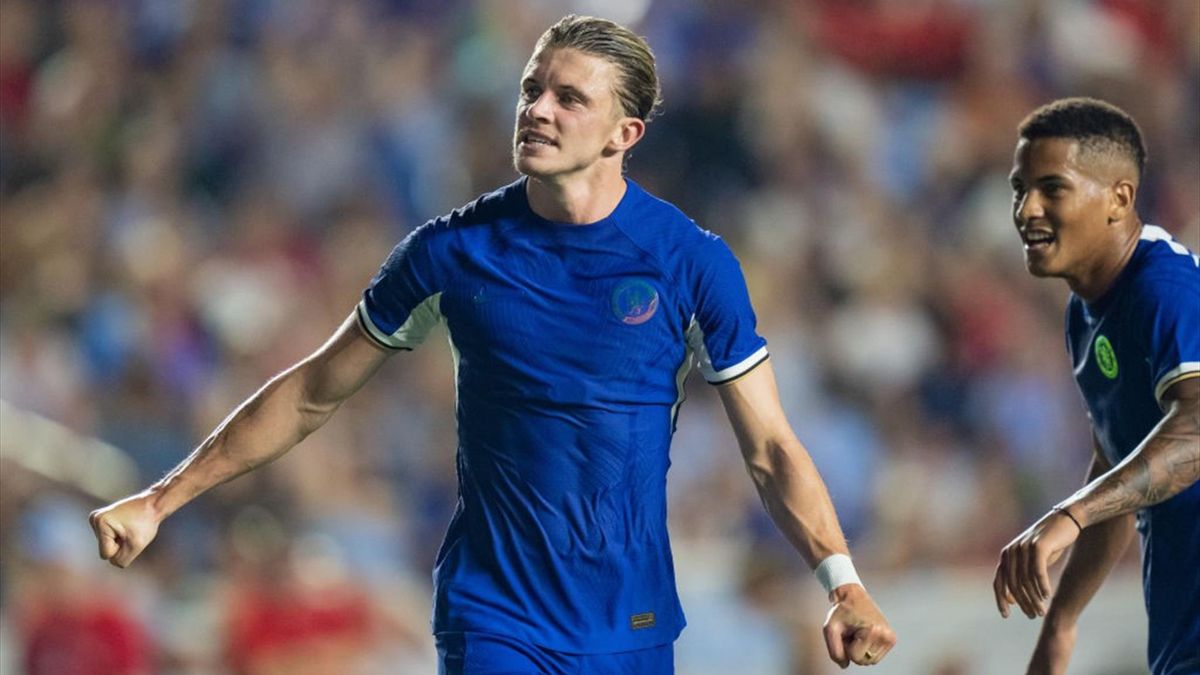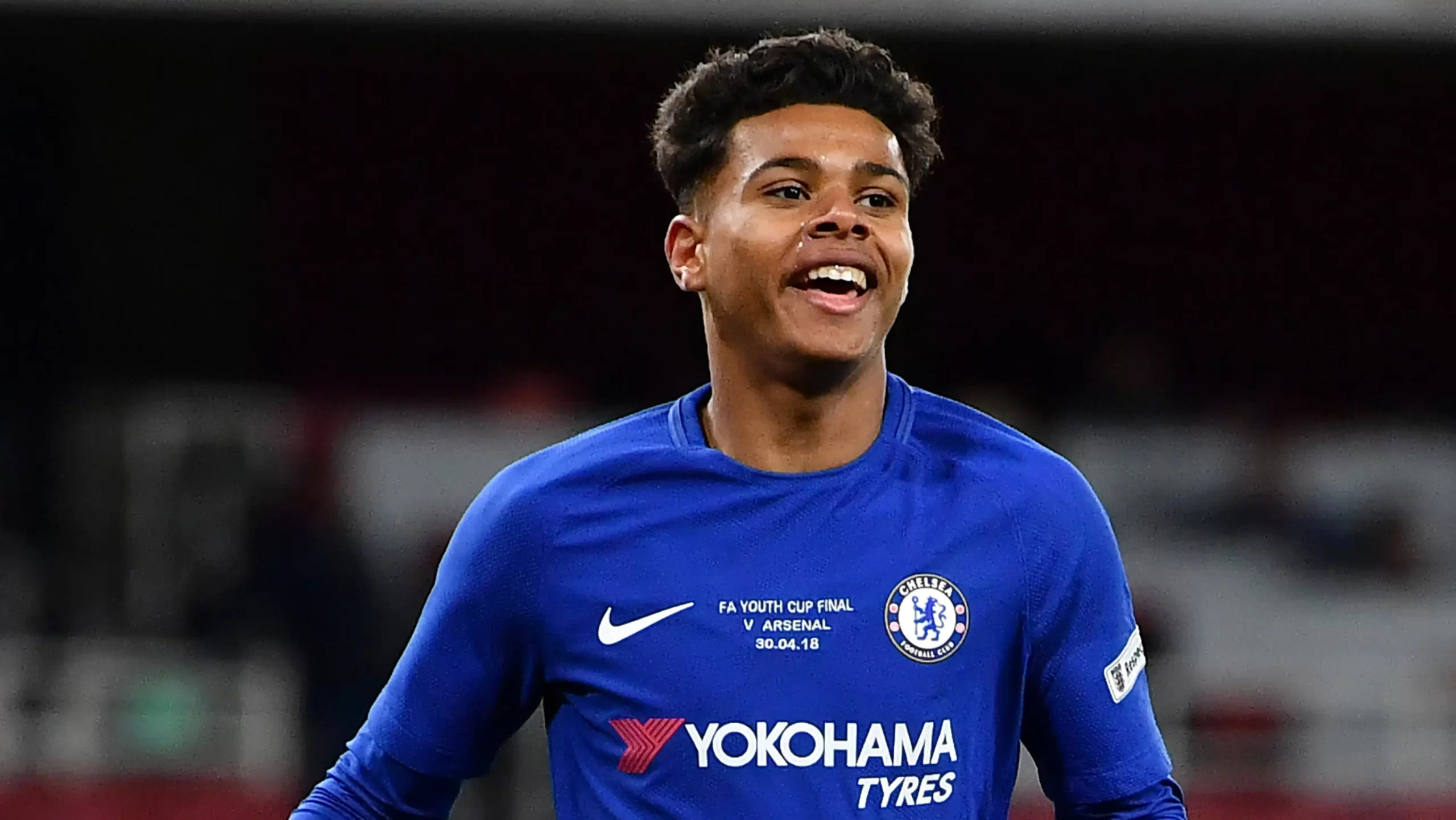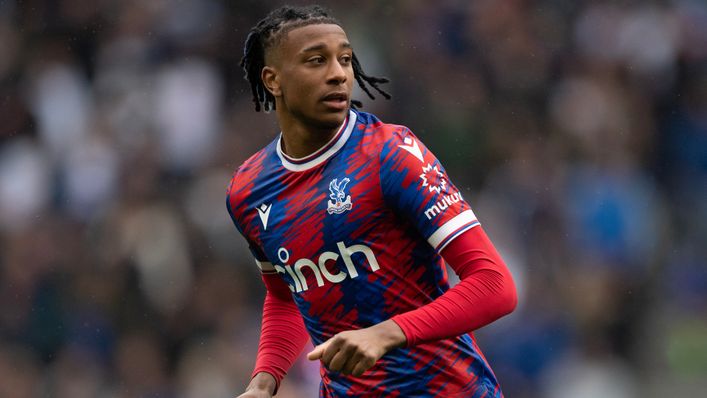Alex Keble examines the Blues’ weaknesses and how Mauricio Pochettino can fix them.
Alex Keble explains why three teams with top-four aspirations are instead sulking in the lower half of the standings.
Chelsea
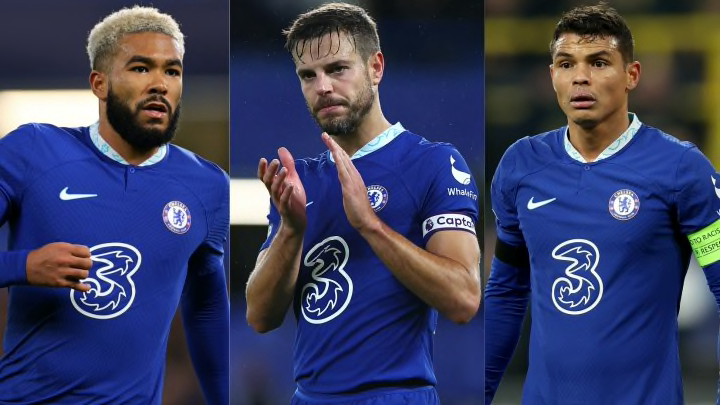
It was always going to take time and perseverance for Mauricio Pochettino to piece together anything sensible from the problems at Stamford Bridge. The strong start his club has had may have hurt his chances of receiving either.
With four points from their first four games, Chelsea are back in the bottom half of the Premier League standings. The team’s shocking 1-0 home loss to Nottingham Forest two weeks ago added to their unimpressive start under Pochettino.
However, at this very early stage of a protracted and difficult process, success is to be judged by minute details and glimmering rays of hope. There are a lot of those as well.
By any logical or reasonable view, Chelsea are not in a crisis. Pochettino needs outcomes to improve right away, though, in light of what occurred to Thomas Tuchel (who earned six points from the first four games of the season) and Graham Potter (who won each of his first three league games but came under heavy scrutiny soon after).
In order to analyze what has gone wrong thus far and how Chelsea will remedy it, it is necessary to acknowledge the extremely small sample size. Chelsea has also had an oddly one-note start to the current season. facing ultra-low blocks and ultra-defensive opponents in three of their four matches.
Because of this, they have the highest average possession rate in the Premier League (70.5%).
Chelsea’s matches will eventually take on a different tactical flavor, and when that happens, they may be well-positioned to move up the league.
Pochettino built a model rapidly.
First, the benefits. Pochettino might not have known what his best lineup was after another summer of extraordinary player turnover, and his team might not have been focused enough or experienced enough to understand the finer points of the manager’s tactical schemes.
Pochettino should therefore be commended for adopting a configuration, starting XI, and playing style that rapidly; it is simple to understand what Chelsea is attempting to do, even in defeat. Half of the struggle is having a clear vision that everyone can work toward.
In order to keep opponents on their toes, Chelsea has been lining up in a hybrid formation that alternates between a 4-3-3 and a 3-4-2-1.
Starting with the 3-4-3 (below), Raheem Sterling moves to the right to become one of the wingers, with Ben Chilwell on the other side, Carney Chukwuemeka transforms into a No. 8 alongside Enzo Fernandez, and Conor Gallagher becomes the No. 6. Malo Gusto drops to form the back four.
/cdn.vox-cdn.com/uploads/chorus_asset/file/23278827/lineups.png)
Confused? It’s expected of you. Players become hard to follow during rotation, and Pochettino emphasizes positional swaps even more by letting players improvise and fill in for one another. This is a considerable departure from, say, Pep Guardiola’s rigorous positional coaching style.
There have been key moments in each of Chelsea’s four games thus far where the cogs have whirred well as a blur of bodies switch between these two formations.
Because of this, Chelsea has the fifth-highest xG (8.3), the joint-fourth most shots (66), and – in keeping with Pochettino’s Bielsa-inspired philosophy – has excelled at moving vertically through the lines. They rank fourth for attempted take-ons (45 per 90) and third for successful through-balls (14).
Creativity lacking on the left wing
With no support, Chilwell appears a tad packed with only six shot-creating actions from open play, one more than occasionally overlapping center-back Levi Colwill.
Mykhailo Mudryk did not exhibit the same deft mobility in the second half against West Ham as Chukwuemeka did. Fernandez assumed the Chukwuemeka role against Luton but floated deeper; Sterling, on the other hand, danced through on his own.
The loss of Chelsea’s left flank was even more obvious against Forest, a game that was primarily characterized by sloppy finishing (see below).

Who would have anticipated Chukwuemeka’s significance to Chelsea? Well, for one, Pochettino, which is why Chelsea paid £42.5 million on Cole Palmer. Palmer’s growth in the Man City academy has made him equally adept as a left winger, attacking midfielder, or No 8, the three positions simultaneously played by Chukwuemeka.
Transitions on defense must be improved around Colwill and Silva.
Off the ball, Chelsea has struggled to stop counterattacks, which may be because that is the only threat they have faced so far given all four of their opponents have chosen to play it safe.
Even though Chelsea has the third-best xG against in the division (4.3), allows the second-fewest progressive passes (92), and leads the league in aerial duels won (65.4%), they still need to improve.
Colwill and Thiago Silva are at odds. Although either party could be held responsible—communication is the key—the more seasoned player is likely to bear the brunt of the criticism.
Chelsea has allowed two goals from set pieces. The other three came via the Colwill-Silva gap during transitional periods, along with a marginally offside goal by Mohamed Salah.
For the opening goal, scored by Luis Diaz for Liverpool, Silva ought to have moved across to close the space and block the passing channel.
/cdn.vox-cdn.com/uploads/chorus_asset/file/23065764/lineups.png)
The lone open-play concession against West Ham was made possible by Silva straying from his spot and leaving Colwill vulnerable.
Finally, Forest’s winning shot struck Colwill too high, but Silva made a mistake by staying put instead of backing off and sending Taiwo Awoniyi wide.
The major problems are poor finishing and team chemistry.
But perhaps this analysis is too in-depth. There is a straightforward problem that, fortunately for Chelsea supporters, can be resolved by waiting.
An outcome has been missing, which is a typical consequence of a team that hasn’t yet gelled.
Although they have attempted the fourth-fewest shots, only 25.8% of those attempts have been on target, which is the third-worst performance behind Burnley and Luton Town.
Chelsea’s shooting efficiency against Forest was 9.5%, which is the lowest in a Premier League game since January 2013.
Chelsea has actually scored 3.3 fewer goals than ‘anticipated’, which is better than just Everton’s performance against their xG.
There is some validity to some critics’ claims that such a youthful squad is having trouble winning games by the scruff of the neck due to a lack of experience. The players haven’t been playing together or in England for very long, which is another factor.
They may be struggling to capitalize on opportunities or execute deft passing maneuvers as a result.
In fact, Chelsea is ranked second in the league for opponent-made interceptions (42), times dispossessed (47), and missed passes (75).
Chelsea can get better with time, the addition of Palmer, and possibly a reevaluation of Silva.
Contrary to appearances, Pochettino is building a solid foundation. All he needs, if not too much
